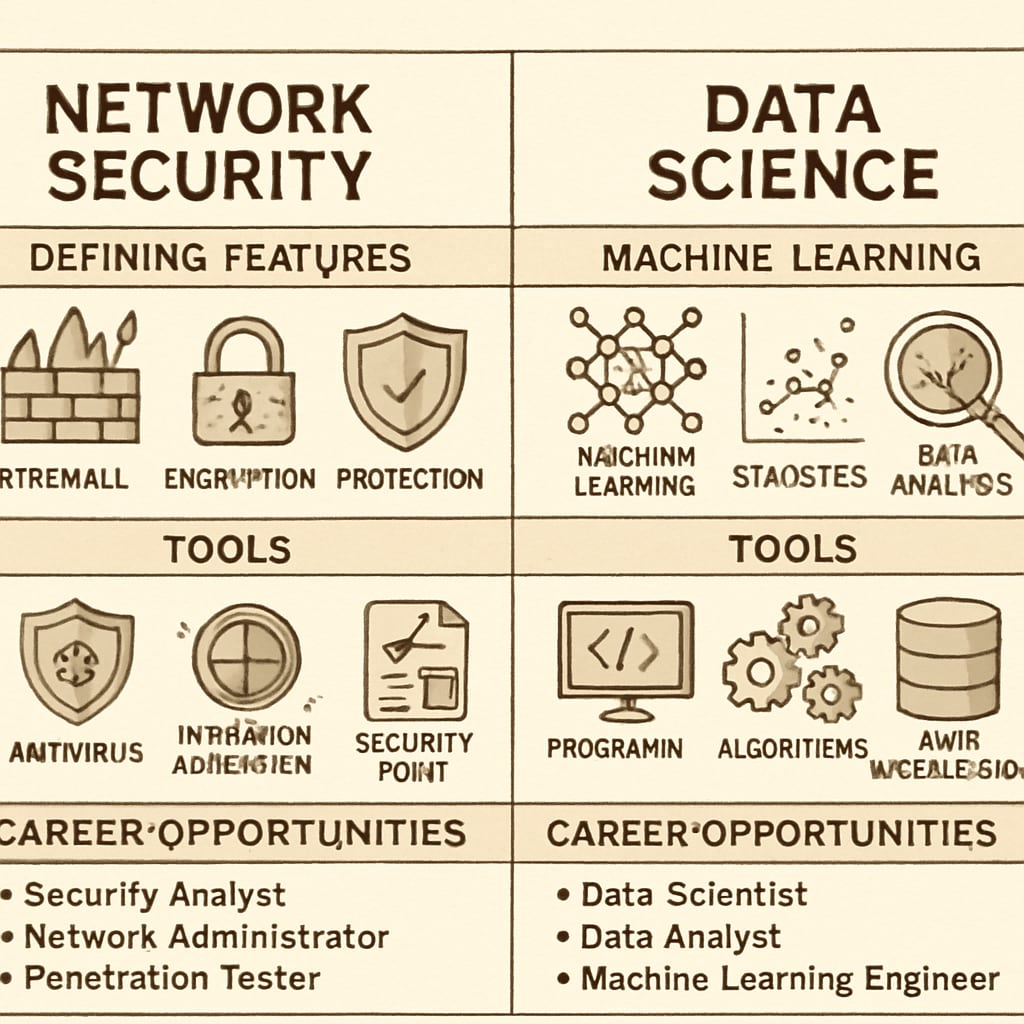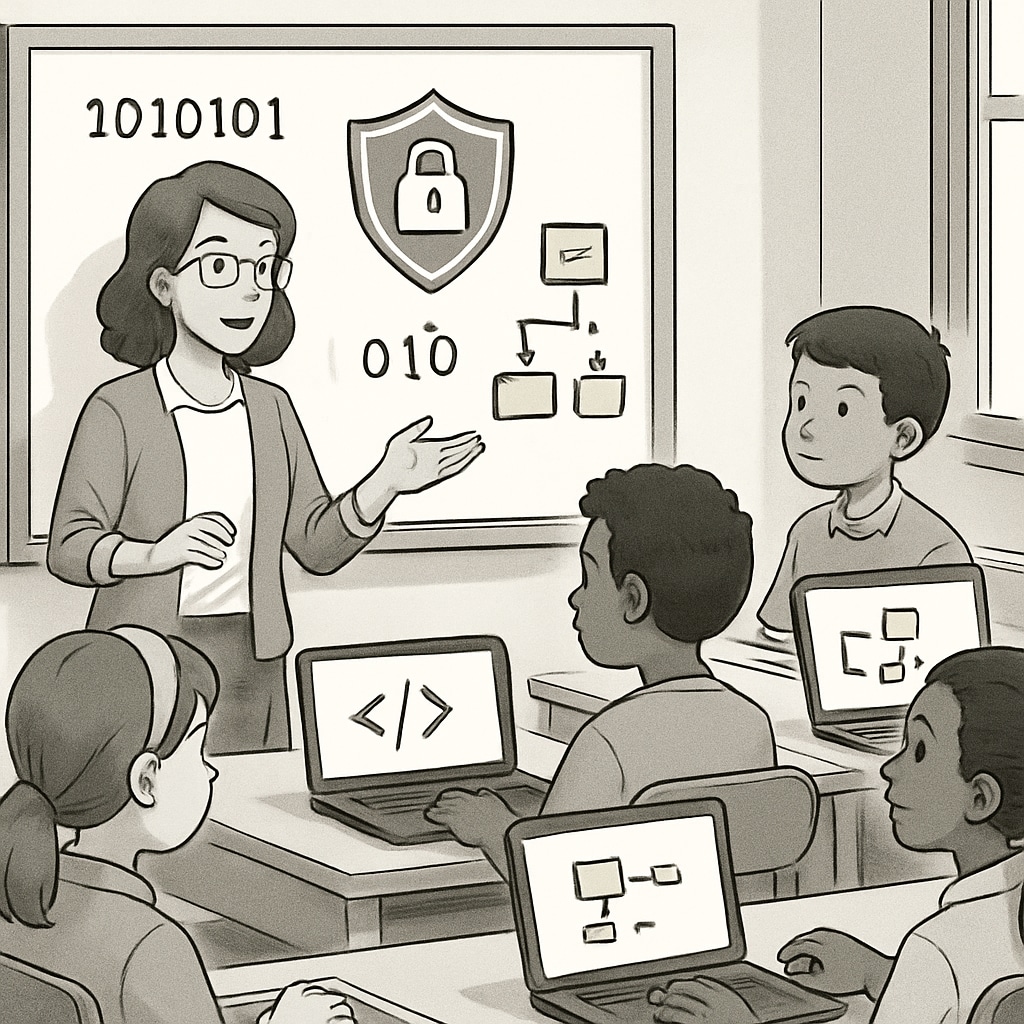In the digital age, “network security, data science, career choices” have become essential terms shaping the future of work. Both fields offer lucrative opportunities, but they require distinct skill sets and career preparation. For K12 students, understanding these differences early can help pave the way for informed decisions about their futures. This article discusses the key aspects of network security and data science, and provides actionable insights for parents and educators to guide students during their formative years.
Understanding the Basics: Network Security vs Data Science
Network security focuses on protecting systems, networks, and data from cyber threats. This includes tasks such as preventing unauthorized access, identifying vulnerabilities, and responding to cyberattacks. Professionals in this field often work as cybersecurity analysts, ethical hackers, or security architects.
On the other hand, data science revolves around analyzing and interpreting complex data to provide insights and drive decision-making. It involves skills such as statistical modeling, machine learning, and data visualization. Careers in data science include data analysts, data engineers, and machine learning specialists.

Career Preparation in K12: Building the Foundation
Preparation for careers in network security and data science starts with fostering curiosity and developing technical skills during the K12 years. Here’s how parents and educators can support students:
- Encourage STEM Learning: Both fields rely heavily on science, technology, engineering, and math (STEM). Programs like coding bootcamps, robotics clubs, and online courses can introduce students to foundational concepts.
- Promote Problem-Solving Skills: Network security demands critical thinking to handle threats, while data science requires analytical abilities to interpret data. Encourage students to participate in competitions like hackathons or math challenges.
- Introduce Career Awareness: Share real-world examples of professionals in these fields. For example, Cybersecurity on Wikipedia can provide valuable insights into the scope of network security, while Data Science on Britannica can highlight its importance in industries like healthcare, finance, and education.

Choosing the Right Path: Factors to Consider
Deciding between network security and data science ultimately depends on the student’s interests, aptitudes, and career goals. Here are some factors to help students make the right choice:
- Interest in Problem Solving: If a student enjoys solving puzzles and tackling logical challenges, network security might be the better fit.
- Passion for Data: Students who have a knack for numbers and enjoy uncovering patterns may thrive in data science.
- Job Market Trends: Network security is critical for safeguarding businesses in an increasingly digital world, while data science is vital for leveraging big data to make informed decisions.
Both fields offer excellent career prospects, but understanding personal preferences and market demand can help students align their education and skills with future opportunities.
Conclusion: Guiding K12 Students Toward Success
As “network security, data science, career choices” continue to dominate conversations about the future of work, it is crucial to start career planning early. Parents and educators play a pivotal role in helping students explore these fields, understand their differences, and build foundational skills. By fostering curiosity and encouraging STEM education, we can empower the next generation to thrive in the evolving digital landscape.
Whether a student leans toward protecting systems or unlocking insights from data, both network security and data science offer exciting paths full of opportunities. The key is to nurture their interests and guide them toward informed decisions that align with their strengths and aspirations.


